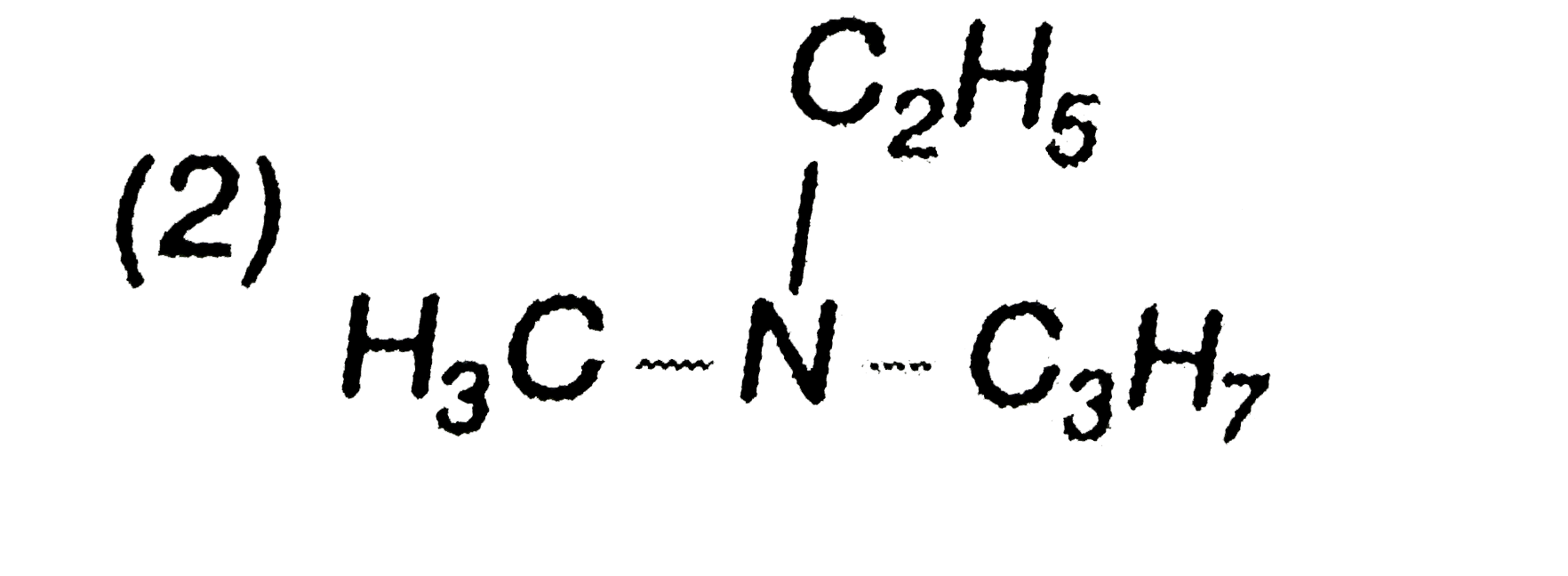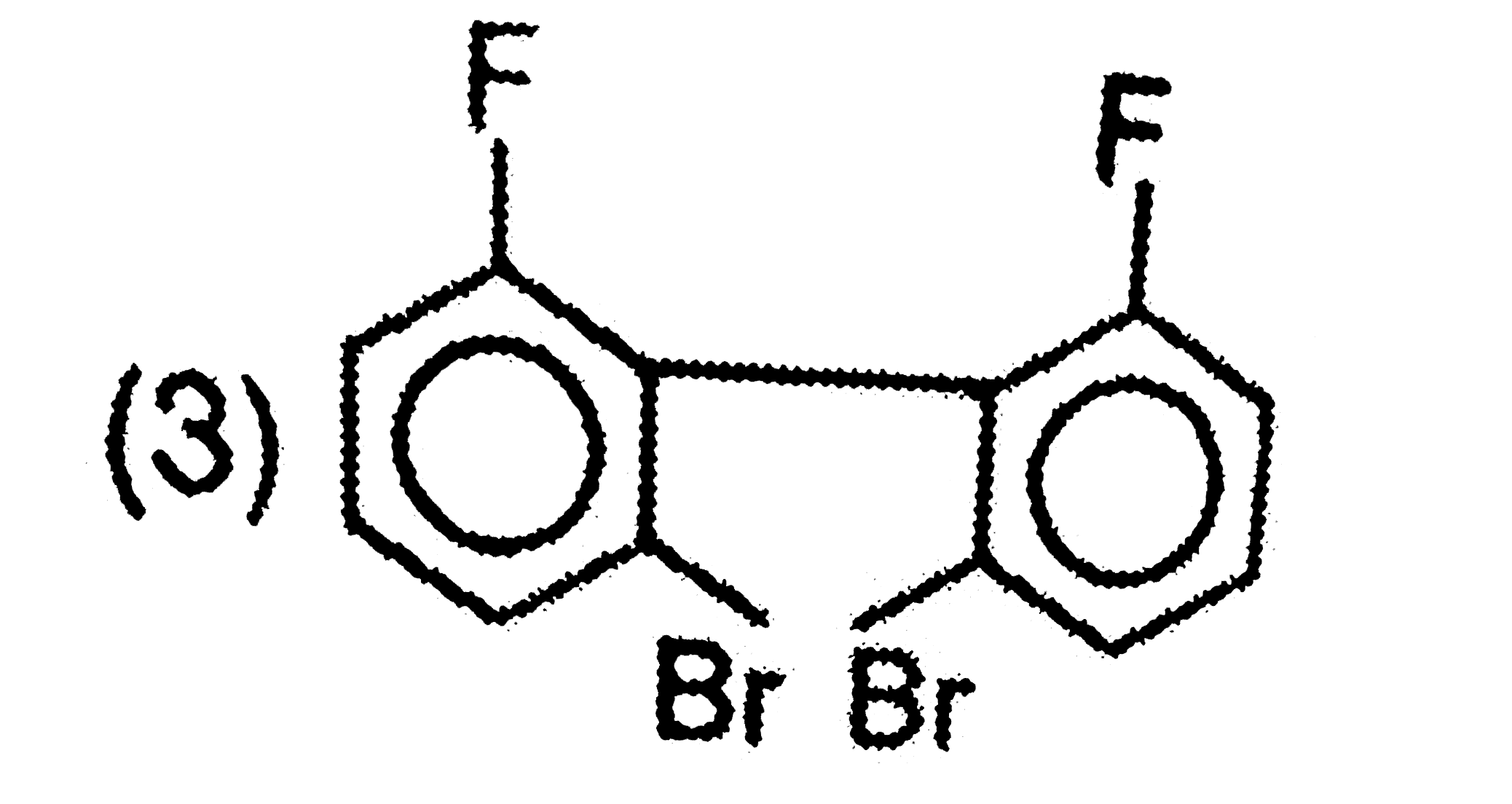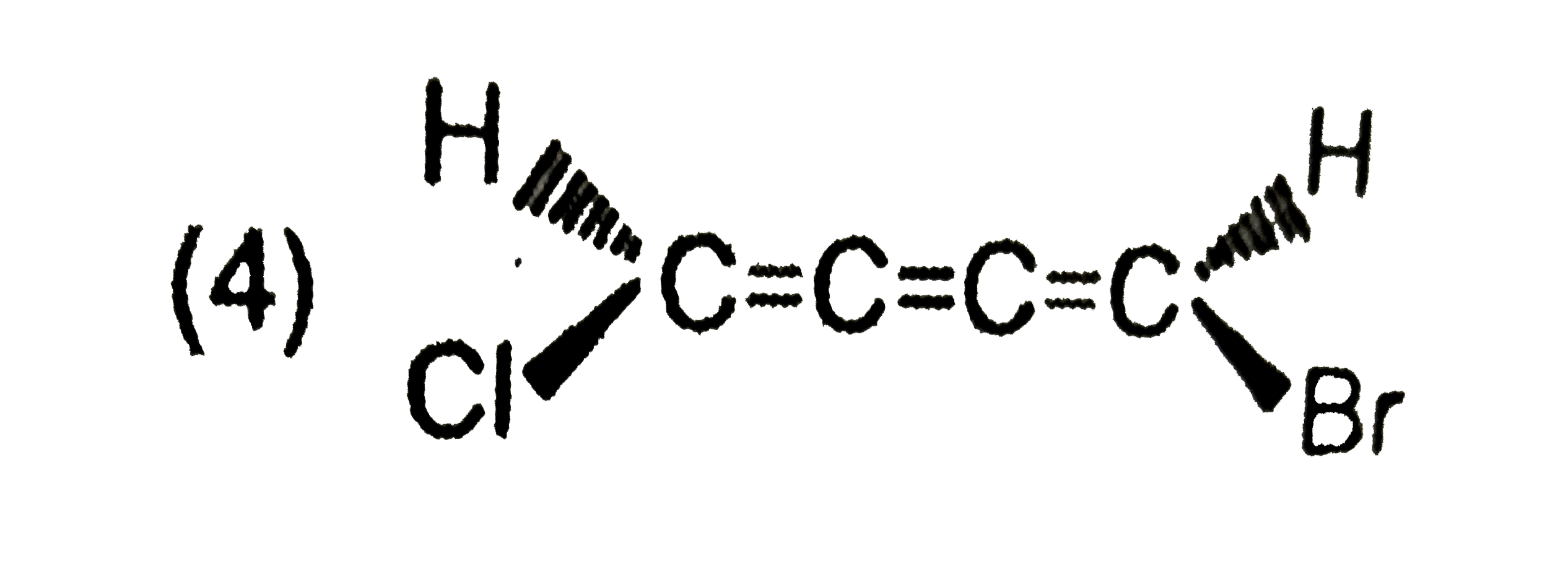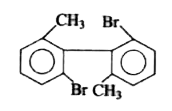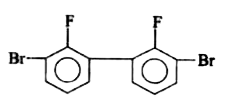A
B
C
D
Text Solution
AI Generated Solution
The correct Answer is:
|
Topper's Solved these Questions
STEREOISOMERISM
RESONANCE ENGLISH|Exercise EXERCISE (PART II : NATIONAL STANDARD EXAMINATION IN CHEMISTRY (NSEC) STAGE-1)|55 VideosView PlaylistSTEREOISOMERISM
RESONANCE ENGLISH|Exercise EXERCISE (PART III : PRACTICE TEST-2 (IIT-JEE (ADVANCED PATTERN))|23 VideosView PlaylistSTEREOISOMERISM
RESONANCE ENGLISH|Exercise EXERCISE (PART -II ONLINE JEE MAIN)|3 VideosView PlaylistSOLUTIONS
RESONANCE ENGLISH|Exercise Advabced Level Problems (PART-2)|35 VideosView PlaylistSTRUCTURAL IDENTIFICATION
RESONANCE ENGLISH|Exercise Advanced level Problems (Part-III)|12 VideosView Playlist
Similar Questions
Explore conceptually related problems
Knowledge Check
Similar Questions
Explore conceptually related problems
RESONANCE ENGLISH-STEREOISOMERISM-EXERCISE (ADDITIONAL PROBLEMS FOR SELF PRACTICE (APSP)) PART 1
- Which type of isomerism is shown by 2, 3-Dichlorobutane ?
04:30
|
Play - Increasing order of stability among the three main conformation ( i.e....
03:15
|
Play - The unusually stable three membered unsaturated compound, Feist acid w...
06:42
|
Play - Which of the following depict the same ?
02:41
|
Play - The total number of chiral centres present in the artificial sweetener...
02:59
|
Play - Which pair is identical ?
07:36
|
Play - Identify the relation between molecules given in Newman and Fischer pr...
04:55
|
Play - The correct IUPAC name of D-Glucose is :
01:54
|
Play - Which of the following species will be optically active ?
03:14
|
Playing Now - Which of the following compounds exhibits stereoisomerism?
05:49
|
Play - The isomeric alcohol which has a chiral carbon atom is :1
03:10
|
Play - Which of the following are intensive properties?
06:30
|
Play - The R/S designation for the following stereoisomers of 1,3-dichloro-2-...
03:27
|
Play - Which of the following will not show geometrical isomerism?
02:36
|
Play - The racemic mixture in liquid/gaseous state will have
02:01
|
Play - True statement(s) regarding the given molecule is/are
07:28
|
Play - The most stable conformation of cyclohexane is
06:54
|
Play - The two compounds (I) and (II) are related as :
04:49
|
Play - How many stereoisomers of a drug for healing the wounds are possible &...
04:00
|
Play - Which of the following compunds is capable of showing geometrical, op...
05:19
|
Play

